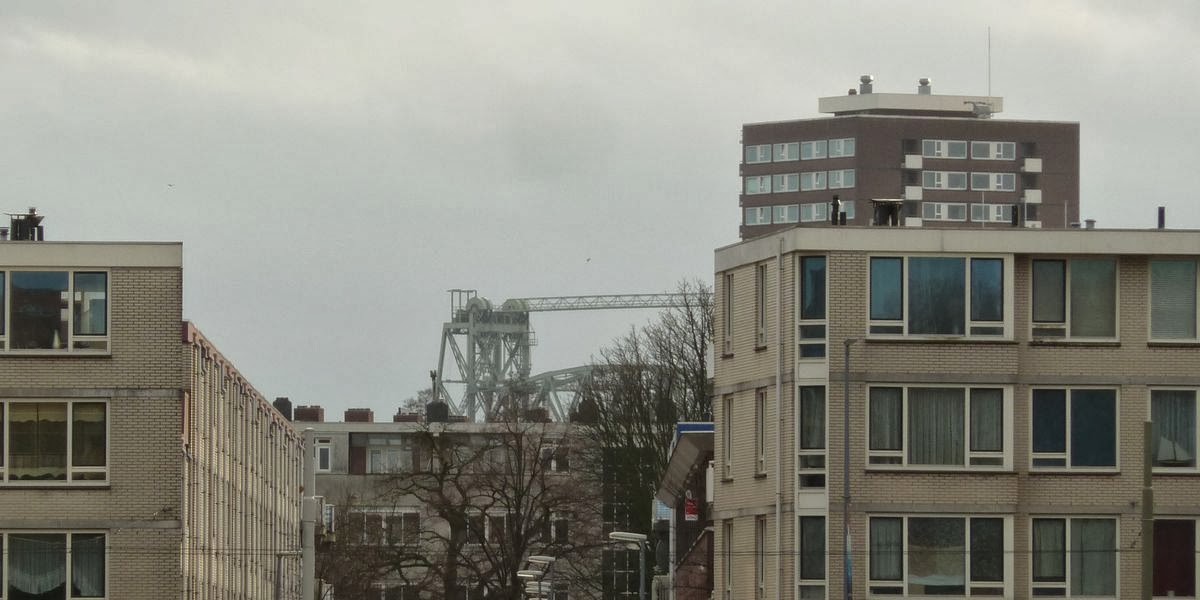Once we had sundials looking at the sun and showing time. They reminded us of our mortality with their mottoes about the shortness of our time span.
No dial motto has a proper flavour until its years exceed those of the American Republic. It must, at least, be seasoned by a century of winters, have slowly ripened beneath twice ten thousand summer and autumn suns. Its place should be known of the generations of butterflies and birds; the creeping and clinging mosses should be old, constant friends.Solar powered devices are modern sundials. Looking at the sun, drawing its energy like a flower. There are no motto's now. No reminders of mortality, just reminders of our 24*7 economy. Reminders of our need for electricity everywhere.
They are temporary. They will not last long enough to grow moss or lichen. They will be replaced, updated in our planned obsolescence culture.
It is charms like these which stimulate the motto-hunters to seek for the dial in village churchyards, near yew trees dark with the glooms of four hundred years, and in the lichened courts of ruined halls; in convents and in the green and flowery silences of ancient gardens.They are not romantic. But they are sympathetic. Machines that work for us, everywhere, all the time. Night has meaning for sundials. It has no meaning for battery powered sunflowers.
What is Time? - A piece of Eternity cut off at both ends!
 Rotterdam
Rotterdam Sources:
http://archive.org/stream/bookofoldsundial00unse/bookofoldsundial00unse_djvu.txt
THE BOOK OF OLD SUNDIALS & THEIR MOTTOES
WITH EIGHT ILLUSTRATIONS IN COLOUR BY ALFRED RAWLINGS
AND THIRTY-SIX DRAWINGS OF SOME FAMOUS SUNDIALS BY
WARRINGTON HOGG















